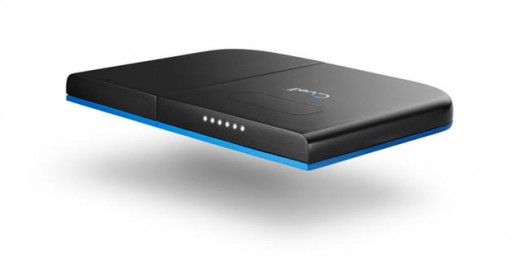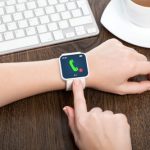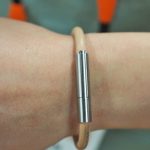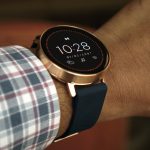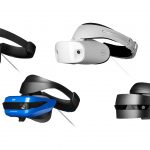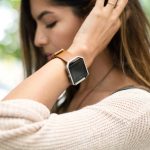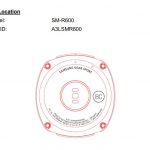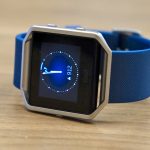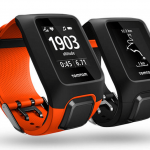Ideo Helps Design A Wearable To treat chronic pain
Quell, a ache-zapping sports activities band, shows the wealthy doable of wearables in healthcare.
December 17, 2015
greater than 100 million people in the united states endure from chronic ache, a tricky situation to control for docs and sufferers. Working with Ideo, the medical technology firm Neurometrix introduced an over-the-counter electrical nerve stimulation software called Quell to help alleviate ache. What the device displays is a meaningful software of wearable technology to a phase of the population that sorely wants innovation, says Dr. Shai N. Gozani, Neurometrix’s CEO.
“Wearables and, more largely, the digital health umbrella must assault chronic disease and now not just center of attention on the healthiest phase of the population,” Gozani says. “you may have a lot of applied sciences and they’re, to position it bluntly, ‘afraid’ of the FDA implications of coming into disease. until the tech companies develop into consumer medical know-how firms, i think it’s going to restrict what wearables and digital health can do.”
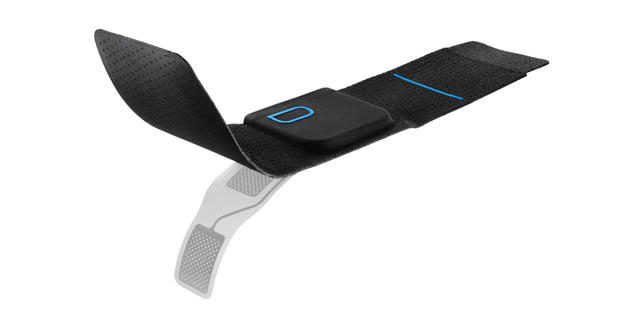
Neurometrix has been within the clinical tool business for just about two decades however branched into the shopper market in 2015 with the launch of Quell. specializing in prescription power pain administration merchandise, the company enlisted Ideo to help reframe its expertise for customers. Quell stimulates nerves on a wearer’s upper calf—the feeling produced by using electric shocks doesn’t harm—which activates part of the mind and blocks ache indicators. Transcutaneous electrical nerve stimulation—known as TENS—has been around for decades, but handiest through docs.
“in the prescription market, you meet the necessities of the insurers—they look at price and substitute time,” Gozani says. “consumers want merchandise that they’re at ease sporting, that they would be proud of. They both need reduction for continual ache, but there are completely different requirements—customers are keen to pay for innovation, like tying it to a smartphone.”
Ideo tackled the problem with its signature human-headquartered design method. Working with focused groups suffering from persistent ache, Ideo prototyped and subtle the design. Quell is shaped like a sports band that wraps around a person’s leg. “we needed to convey client experiences to the product,” José Colucci, senior portfolio director and affiliate associate at Ideo, says. “though it is a scientific instrument, it’s additionally a lifestyle object. We didn’t try to cover the software—it says ‘i am sporting it, and that i’m proud to wear it.'”
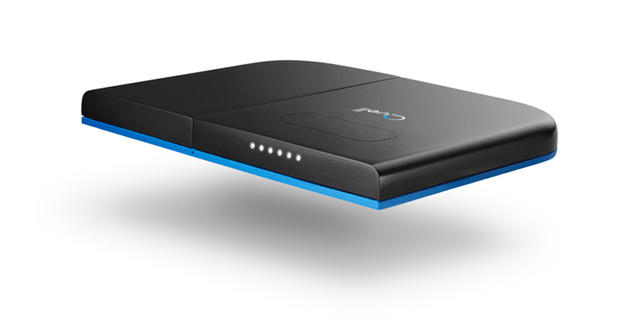
the shopper experience extends to the packaging, which mirrors what it’s like to open excessive-finish electronics, and an accompanying app. It takes a couple of minute to set up the software and calibrate the stimulation ranges. “individuals with ache have quite a bit to deal with,” Gozani says. “We need to eliminate any hassle.”
Quell is FDA-authorized as a therapy for persistent ache. Neuometrix would not make any claims that the product will reduce the use of remedy, although it says that two-thirds of its customers—including sufferers dealing with neuropathy, sciatica, arthritis, and fibromyalgia—document taking fewer ache killers after the usage of the product. Neurometrix views Quell as a formidable instrument in what’s incessantly a very huge toolbox for pain relief, one who continuously comprises other various therapies, like acupuncture, leisure remedy, and natural therapies.
“with regards to ache, there is a normal frustration with what the scientific system has been ready to supply,” Gozani says. “There’s an actual opportunity to give people a instrument to self-handle power ache.”
At CES 2016, Neurometrix plans to expand Quell’s app offerings, although Gozani would not expose what specifically that’s. He hopes that more corporations will use wearables to treat sickness. whereas there are unending health trackers, smartwatches, and notification units masquerading as baubles, there are far fewer wearables that treat severe conditions like diabetes and heart disease. “Tech firms in wearable expertise are seeking to avoid the FDA but they’d be doing extra just right by taking over the challenge,” he says.
[All photography: by means of Ideo]
(45)

